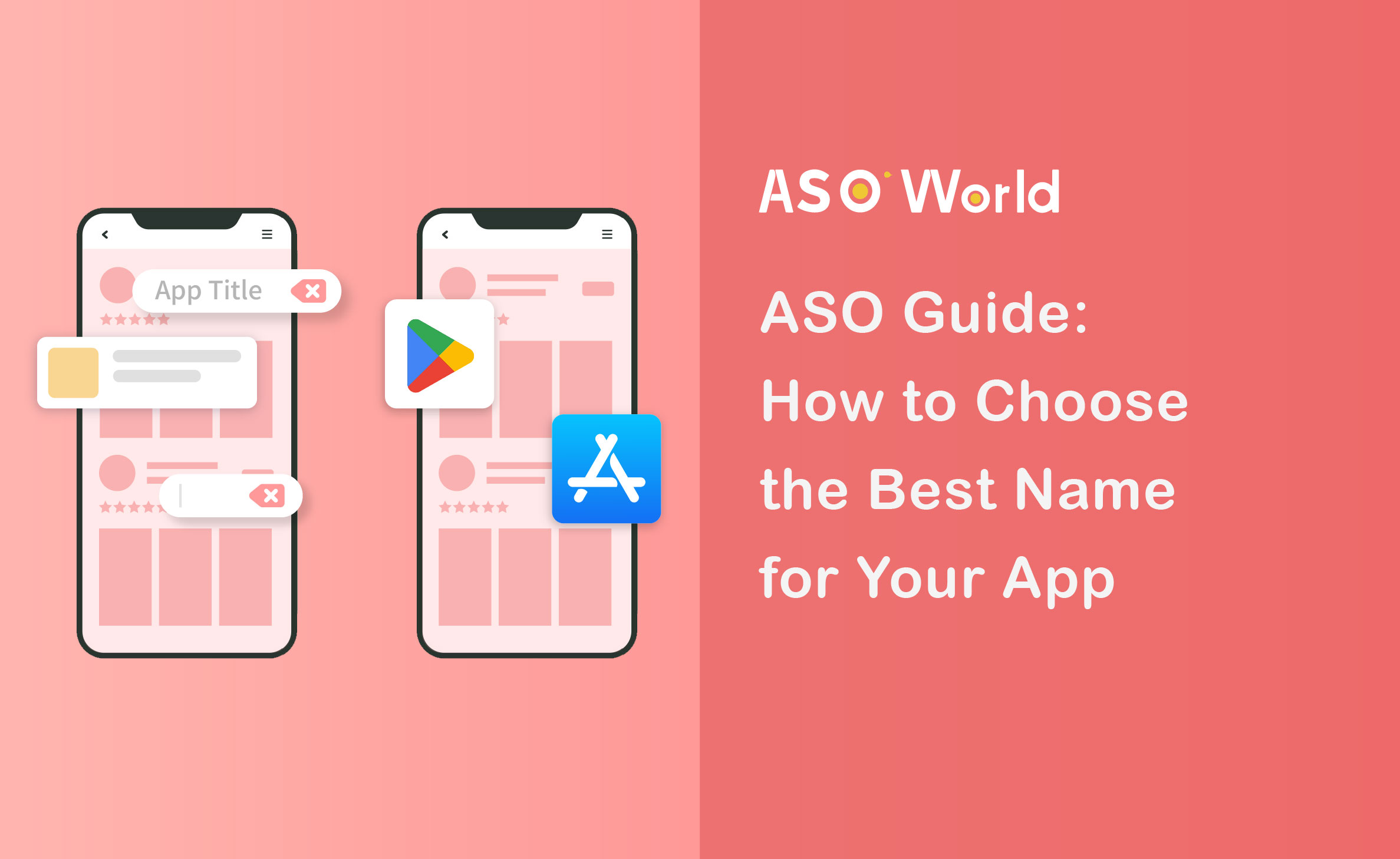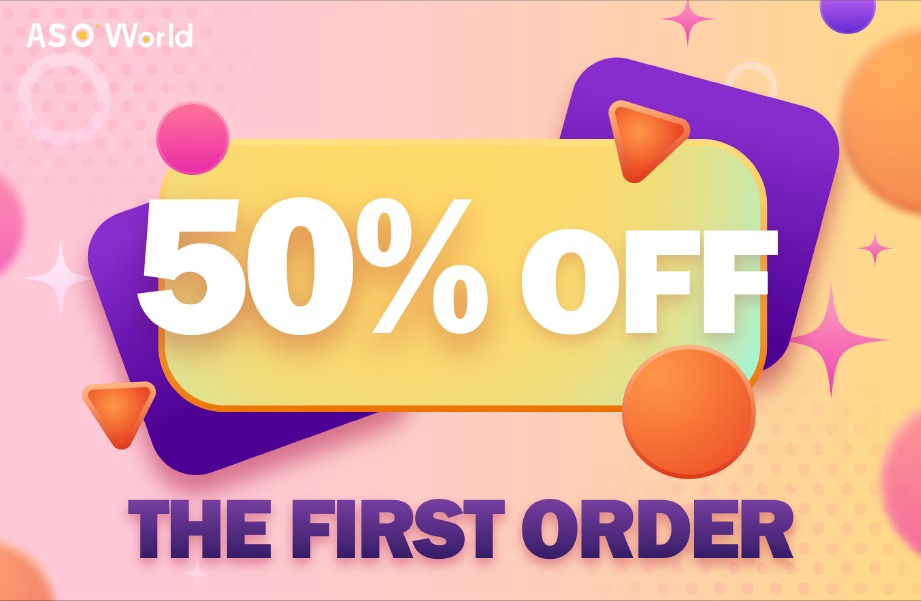






Choosing the right name for your app is more than a branding exercise — it’s one of the strongest signals for discoverability in app stores. A good title explains what your app does, is easy to remember, and leaves room for a couple of high-value keywords. Below is a practical, step-by-step guide to help you craft a title that balances branding, clarity, and App Store Optimization (ASO).
Your app title is often the first thing potential users see: in search results, on category pages, and in shared links. The title affects:
A well chosen name helps users understand your app at a glance and increases the likelihood they tap and install.
Start wide. Run a short brainstorming session and answer:
Write every relevant word or short phrase down. Combine and remix those terms into candidate names, then shortlist those that are clear, evocative, and aligned with your users’ language.
💡 Expert Tips: Adding a concise descriptor after the brand (e.g., “Brand: Photo Editor”) can make function explicit and improve relevance for searches.
Both Google Play and the App Store impose practical limits on title length, and search results often truncate long names. Put your highest-priority keyword(s) toward the beginning of the title so they remain visible across devices.
Aim for a succinct main title (10–15 characters is a useful rule of thumb) and reserve space for one or two high-impact generic keywords that describe functionality (e.g., “maps”, “notes”, “budget”).
Your name will live everywhere — app pages, ads, social media, business cards. Choose something:
Avoid names that are too generic (e.g., “Photo Editor”) or too close to existing trademarked brands. Always run trademark and app-store name checks before finalizing.
Branded names alone rarely convey functionality. Combining your brand with one or two generic keywords (e.g., “Brand — Task Manager”) balances brand recognition with discoverability.
Select generic keywords based on relevance and search volume. Use competitor research to spot common high-value keywords, but don’t blindly copy crowded terms — sometimes a niche, relevant phrase converts better.
💡 Expert Tips: Don't cram many keywords into the title. Keyword stuffing makes titles feel spammy and can reduce conversion.
>>> ASO Insight: Why Keyword Stuffing Is a Bad Idea & How To Avoid It
Some words (like “free”, “app”, or category labels) may be treated as non-helpful or even penalized by stores. Avoid:
Make every character count for clarity and search relevance.
If you plan to launch in multiple countries, localize your title and keywords — literal translations often miss local search behaviors. Research what local users actually search for and adapt phrasing so the title reads naturally and avoids unintended connotations in each language.

Naming is part art, part data. Balancing brand identity with search visibility yields the best results: pick something that communicates usefulness immediately, stays true to your brand, and performs well in keyword tests. Treat the title as a living asset — revisit it as your app and market evolve.
ASOWorld offers proven ASO services. If you’d like, we can generate 5–8 tailored title options — including localized variants — based on your app’s core features, target audience, and primary markets. Sign up now to receive personalized title recommendations and start improving your app’s discoverability.
Get a good start for your app optimization with practical ASO guideline!
Want to get the latest Guides & Insights from ASOWorld?
Related posts